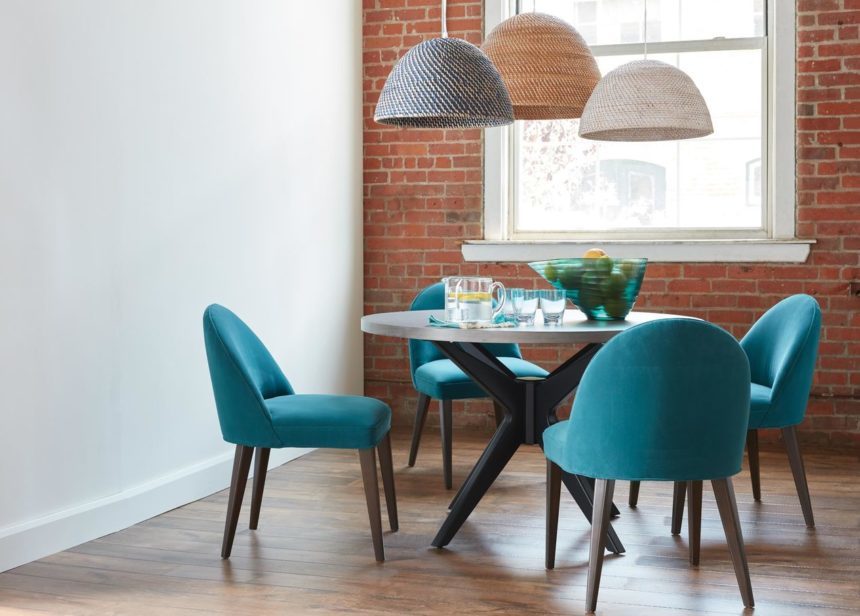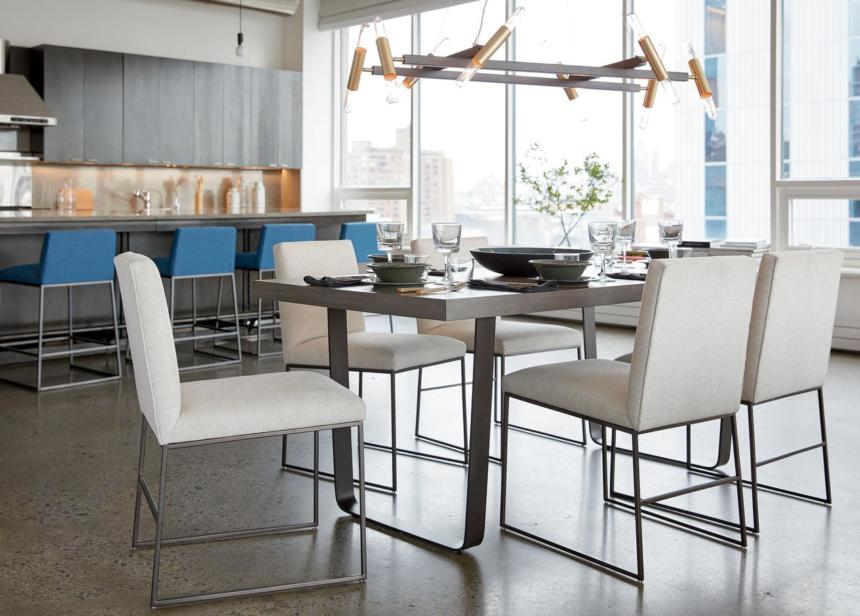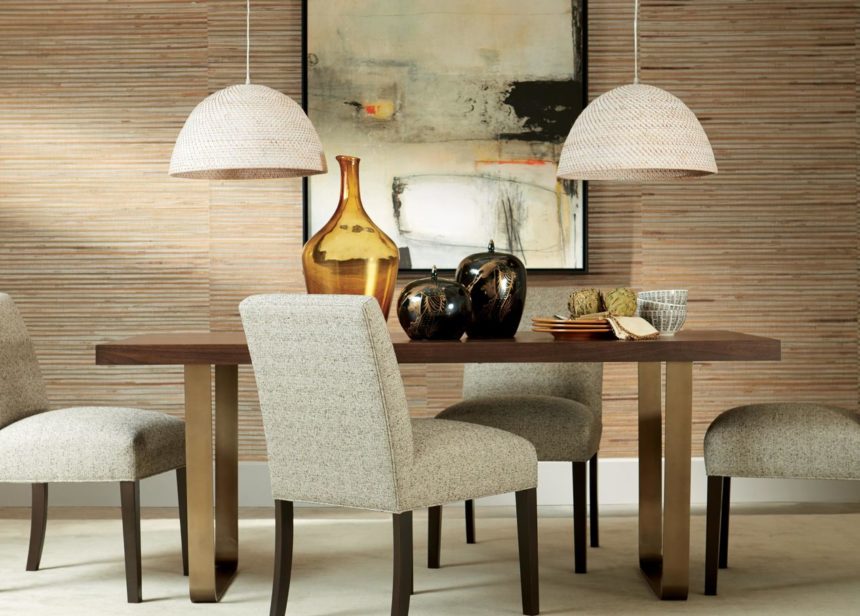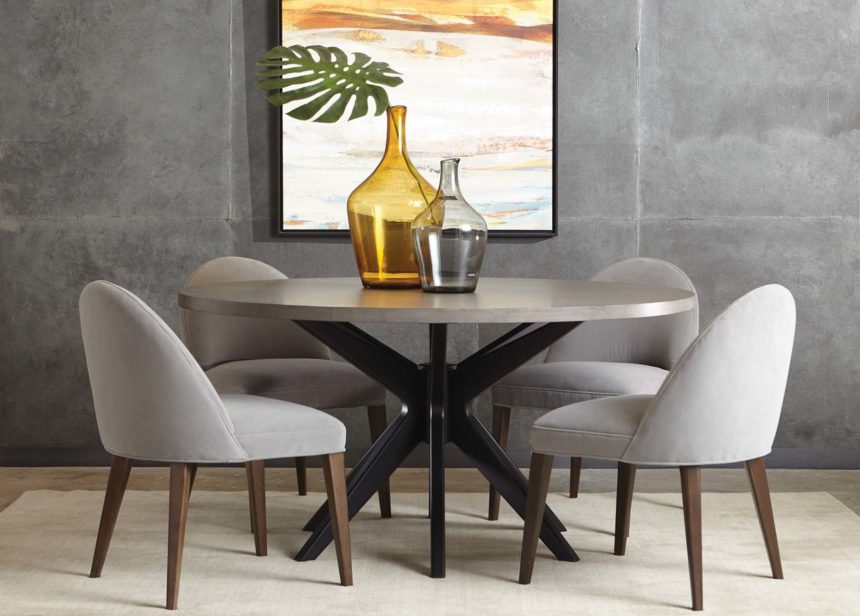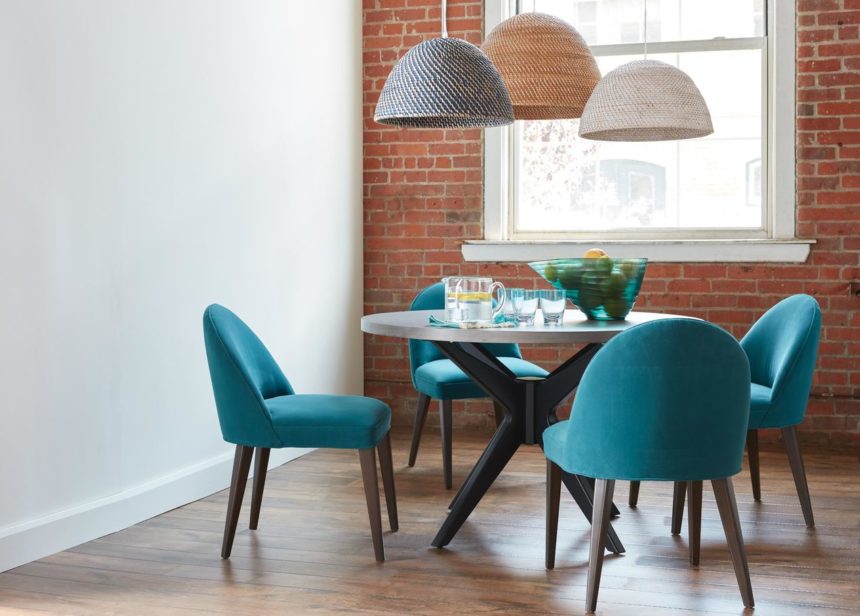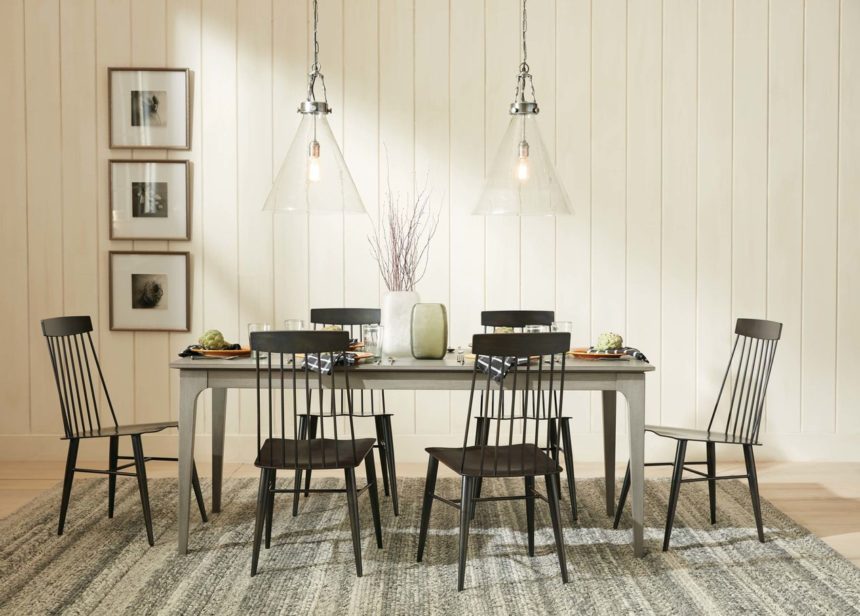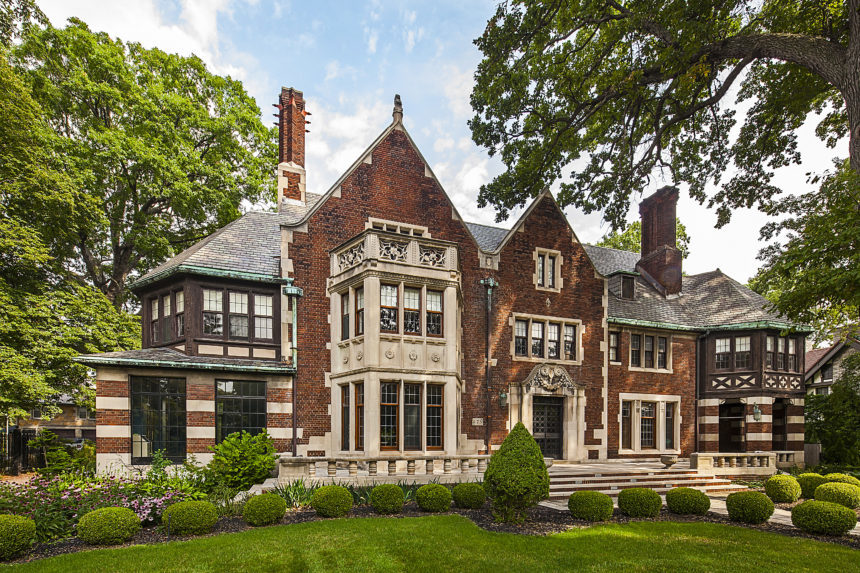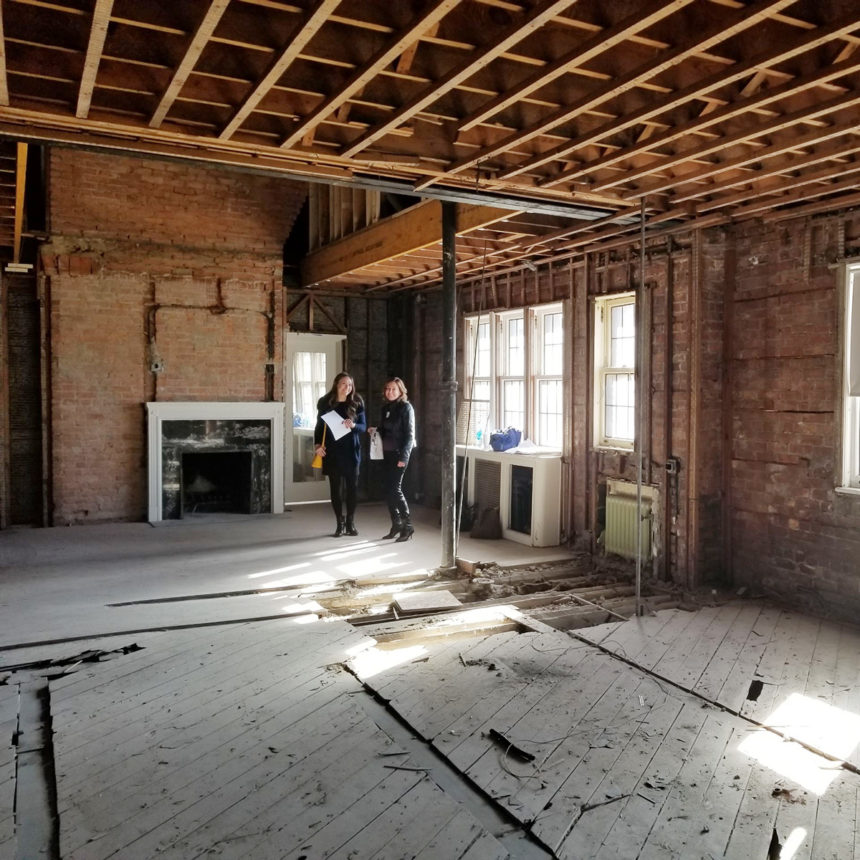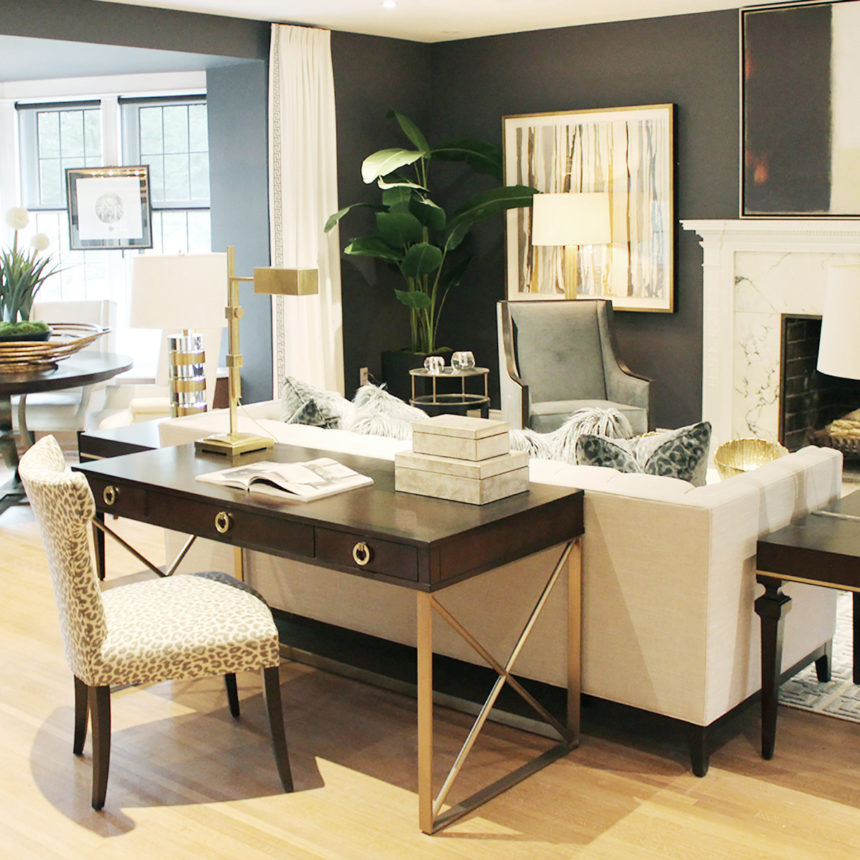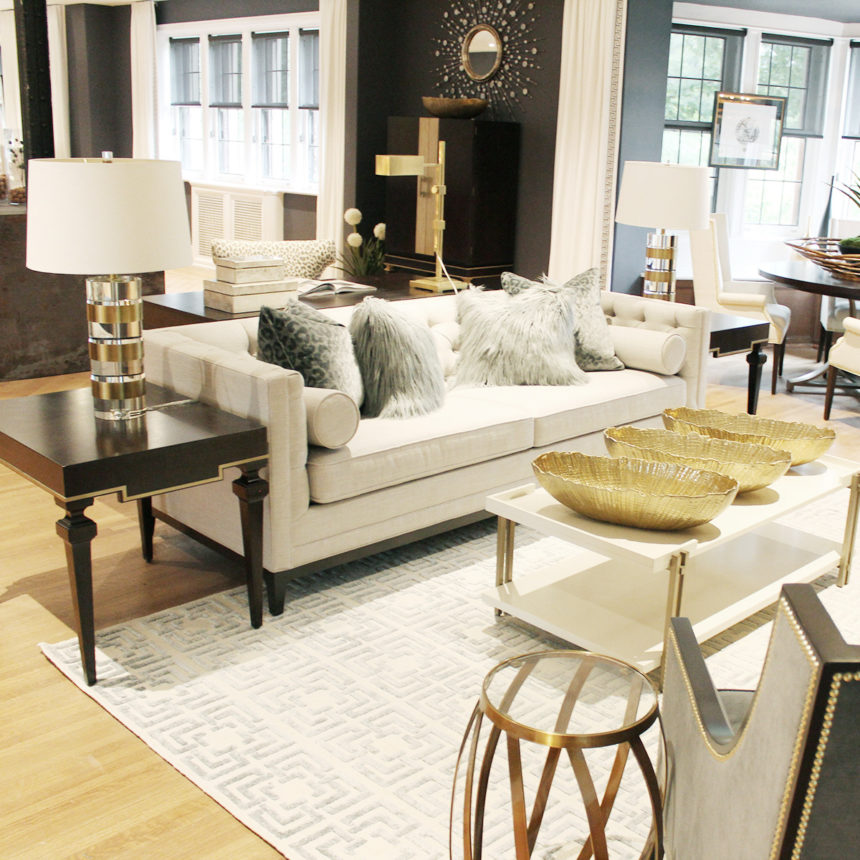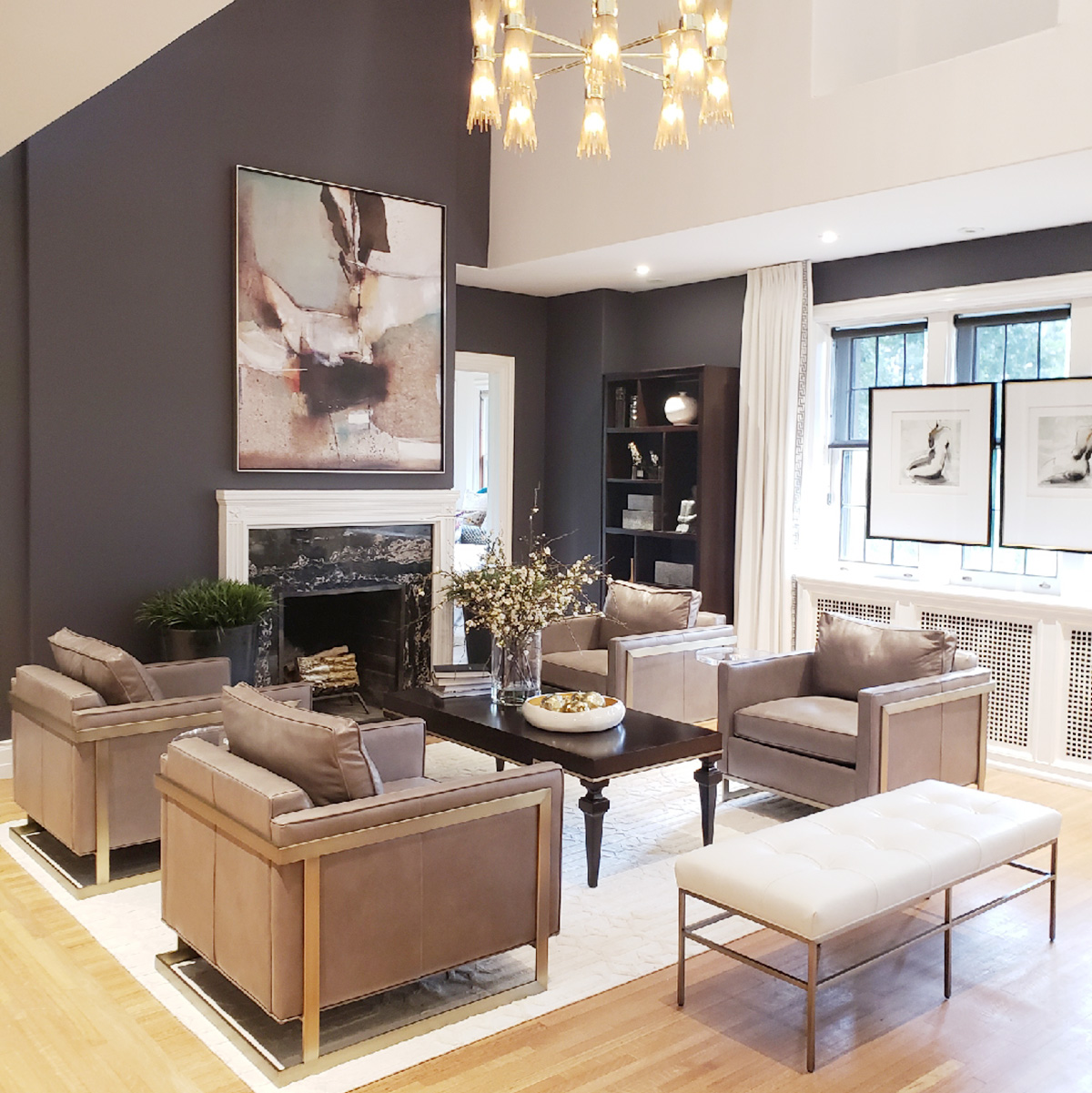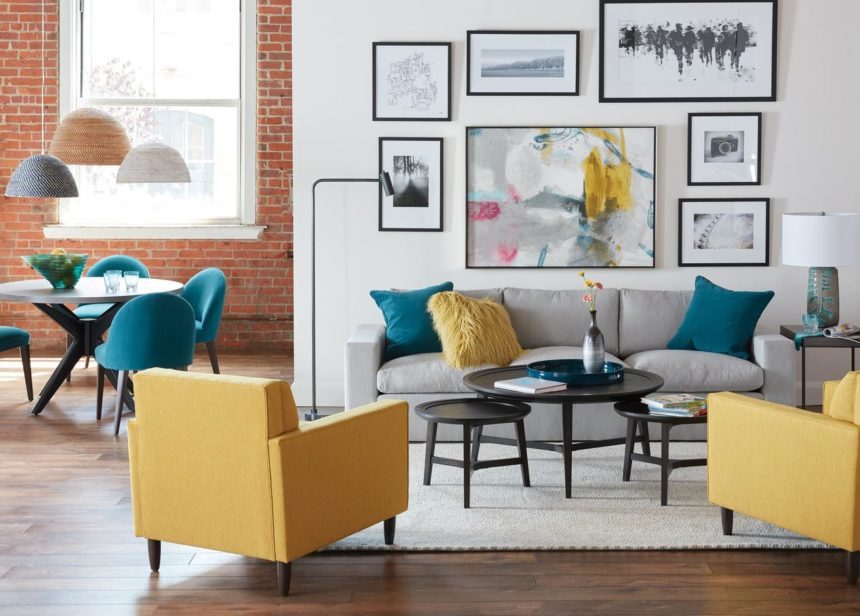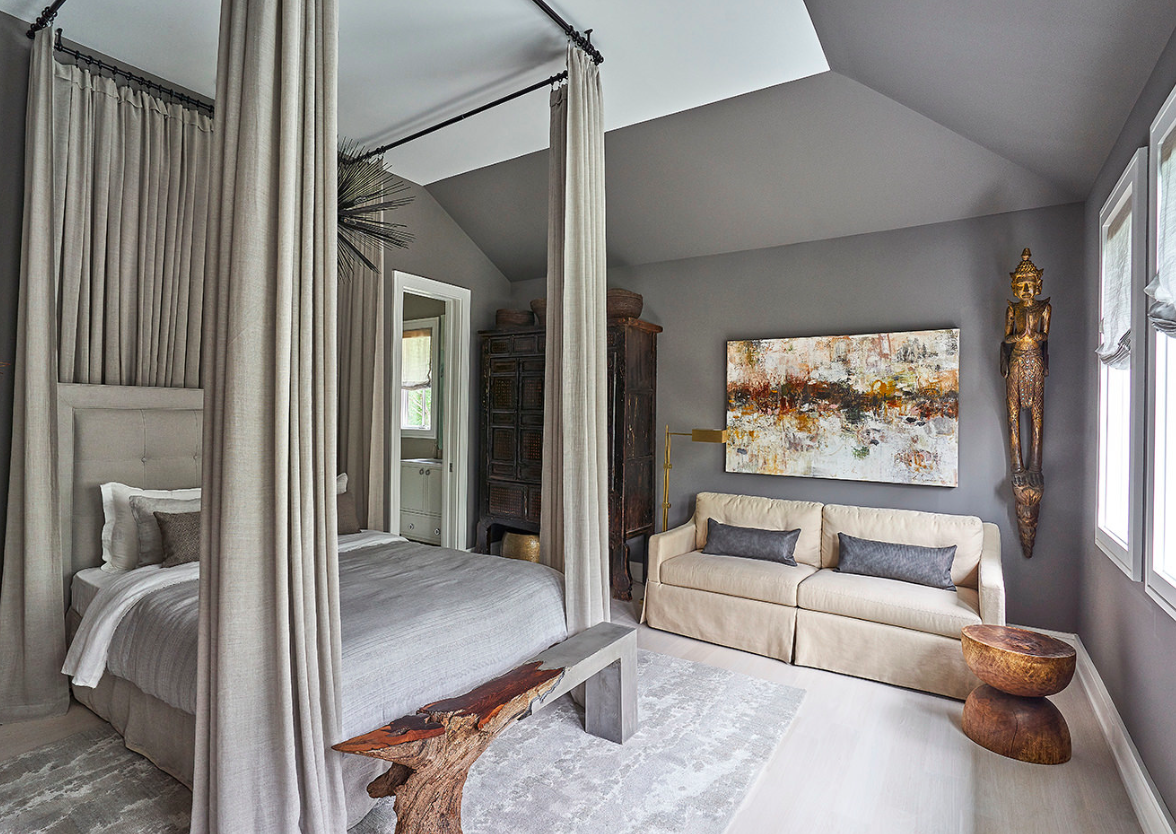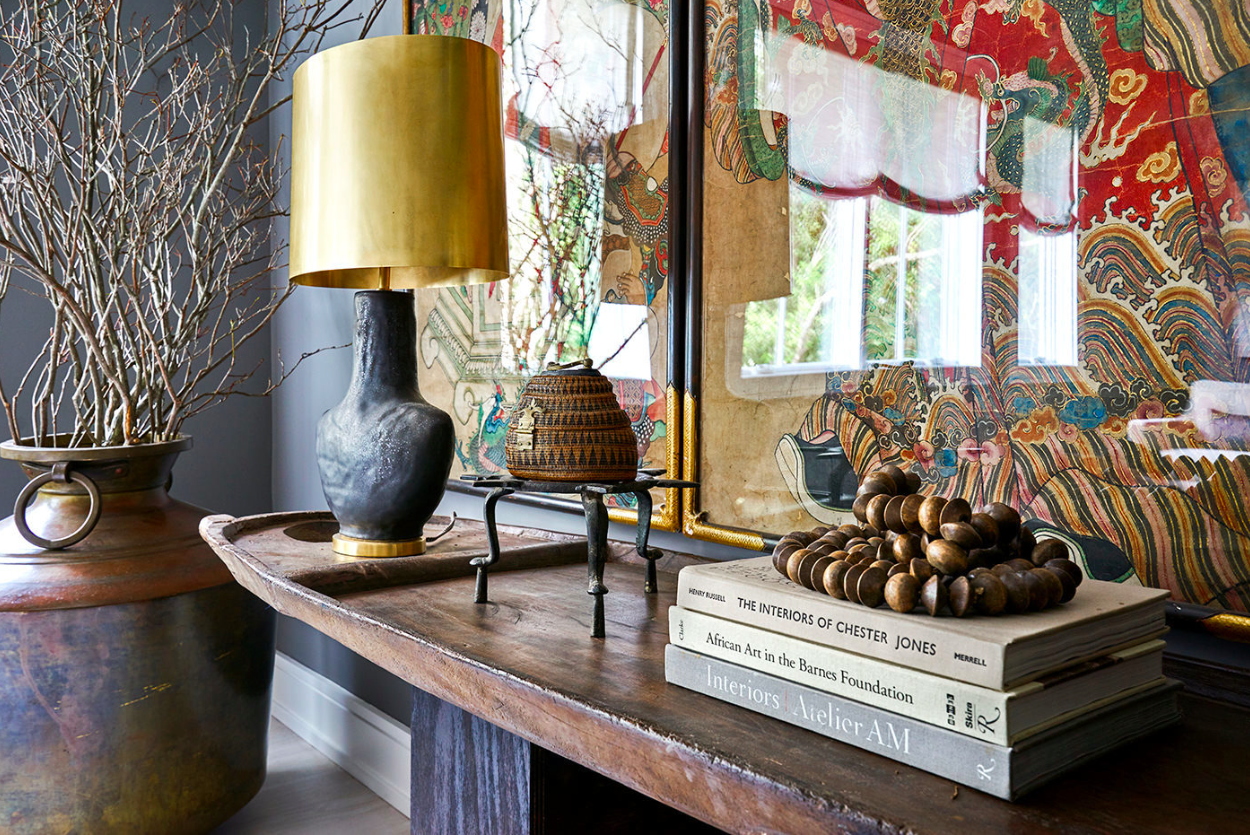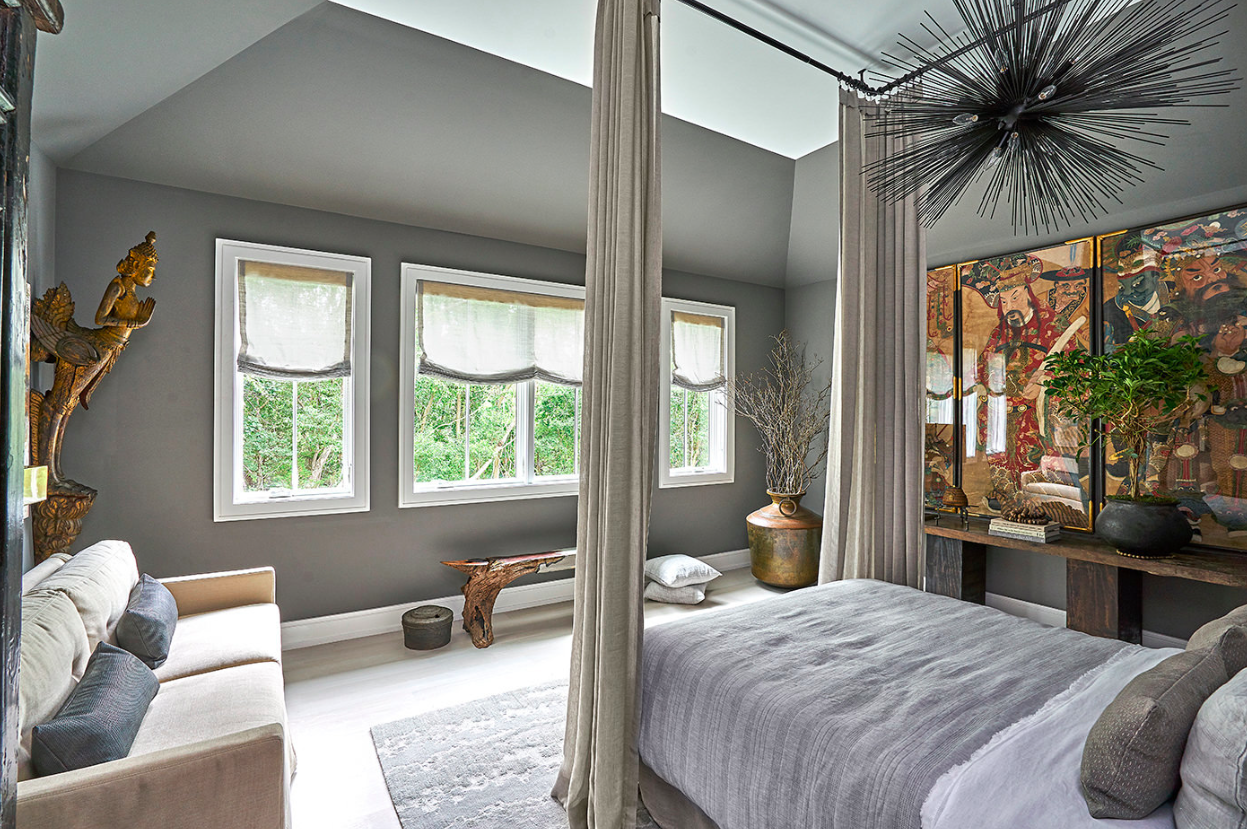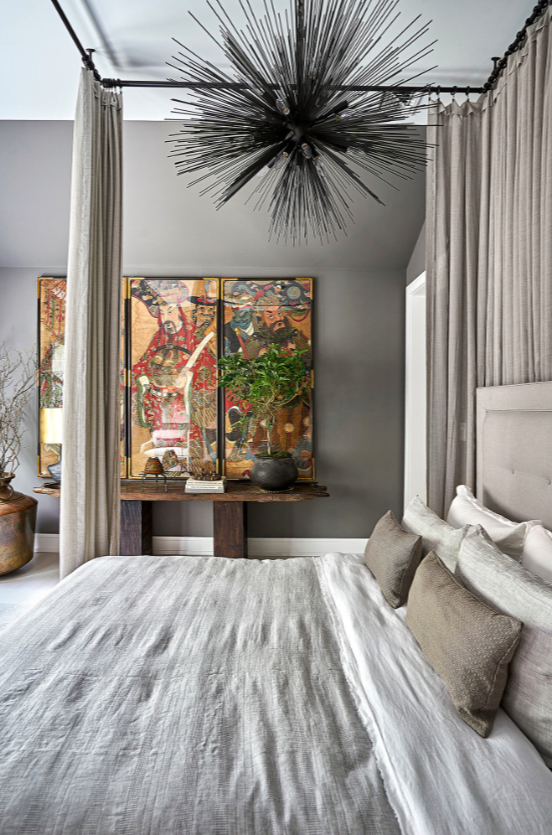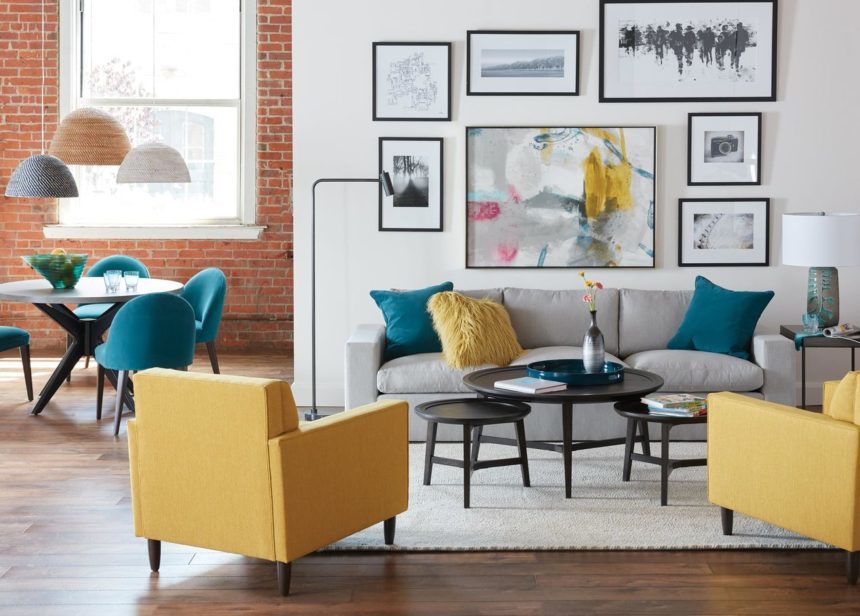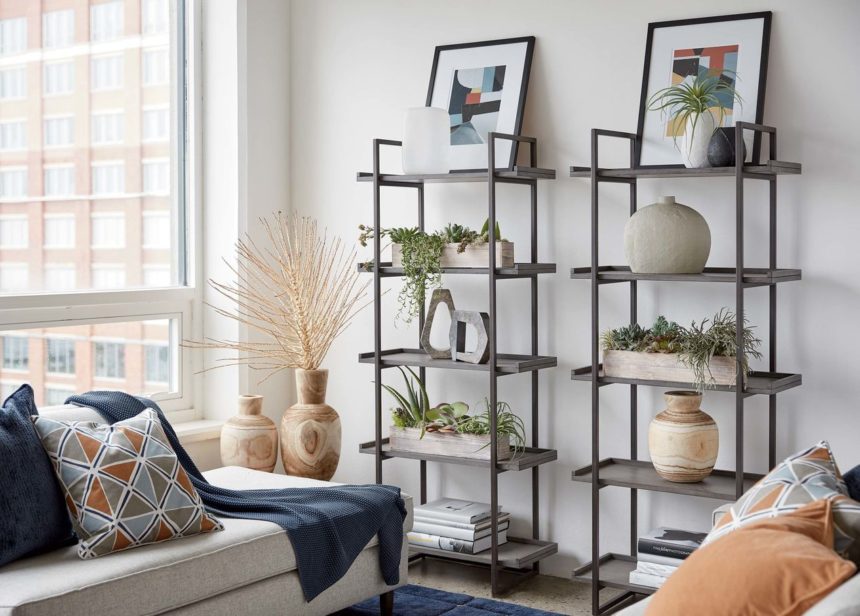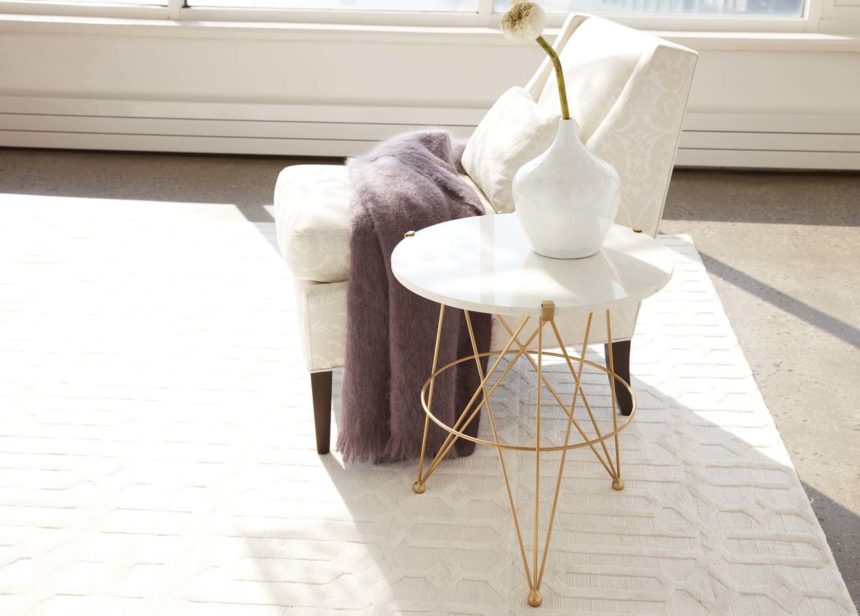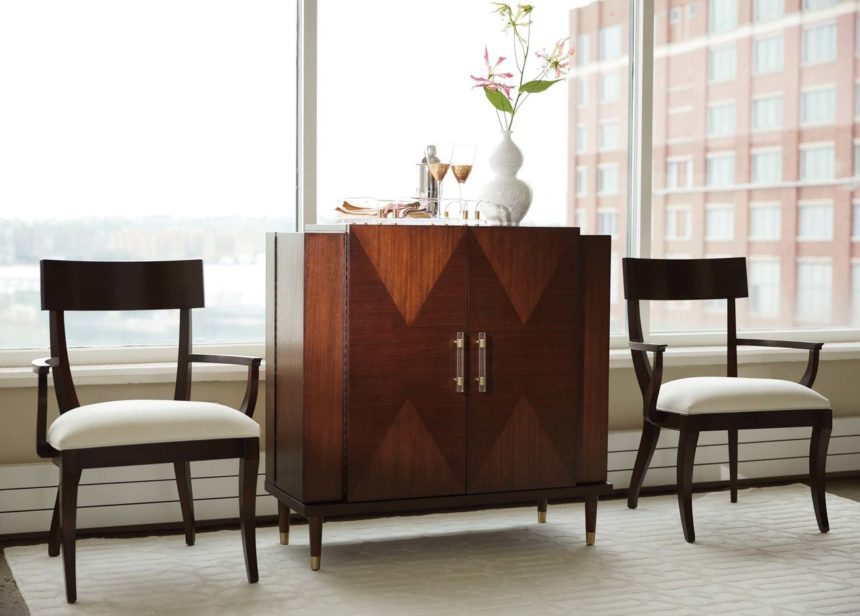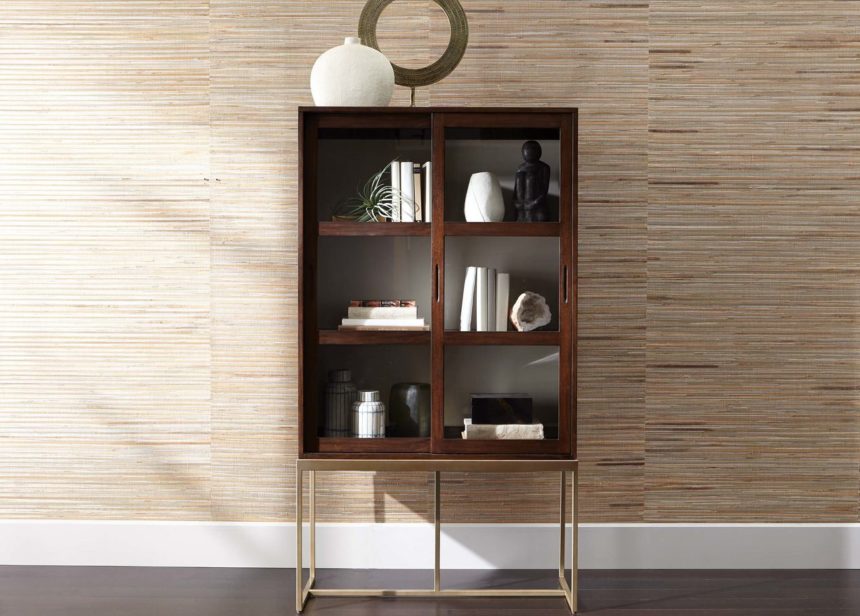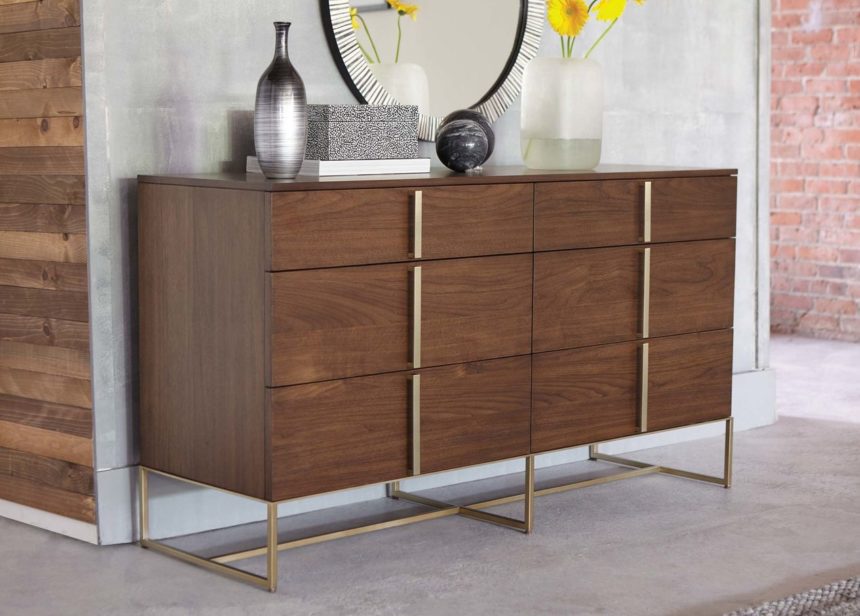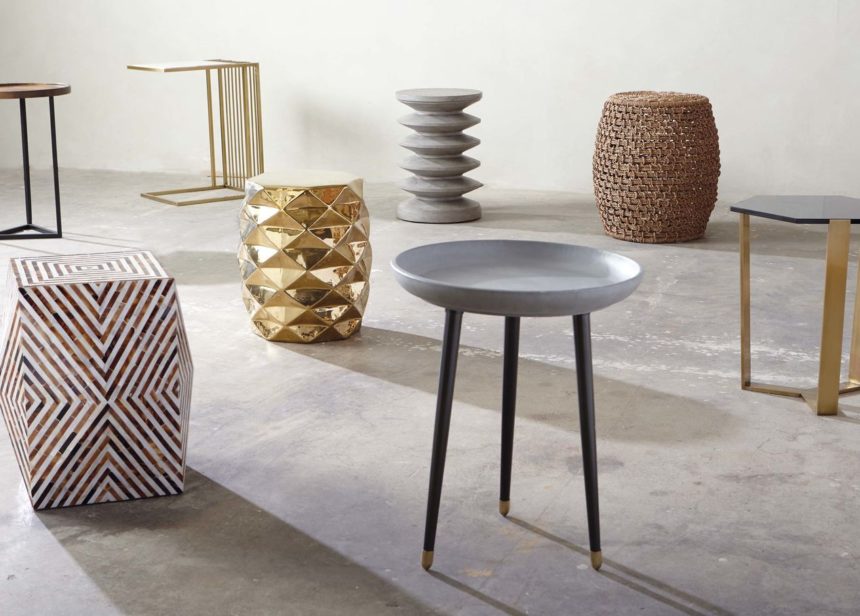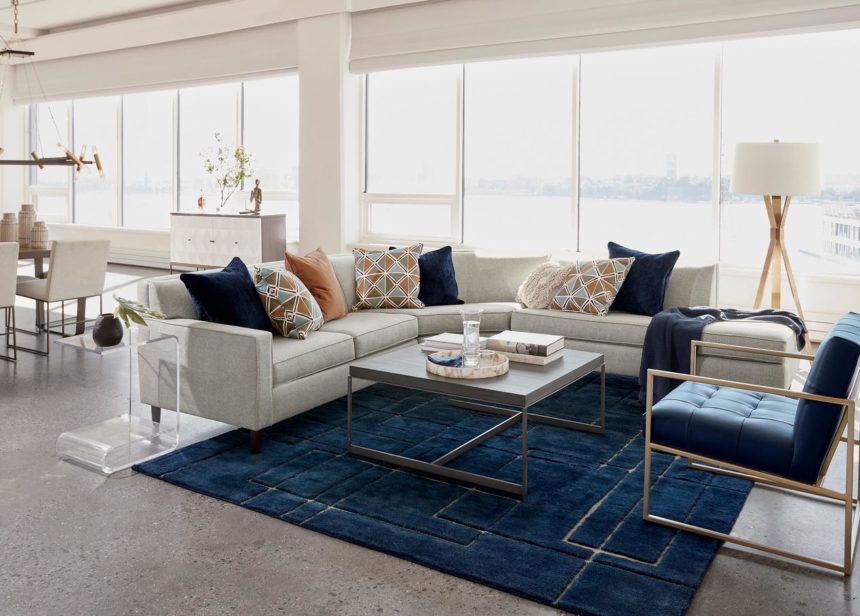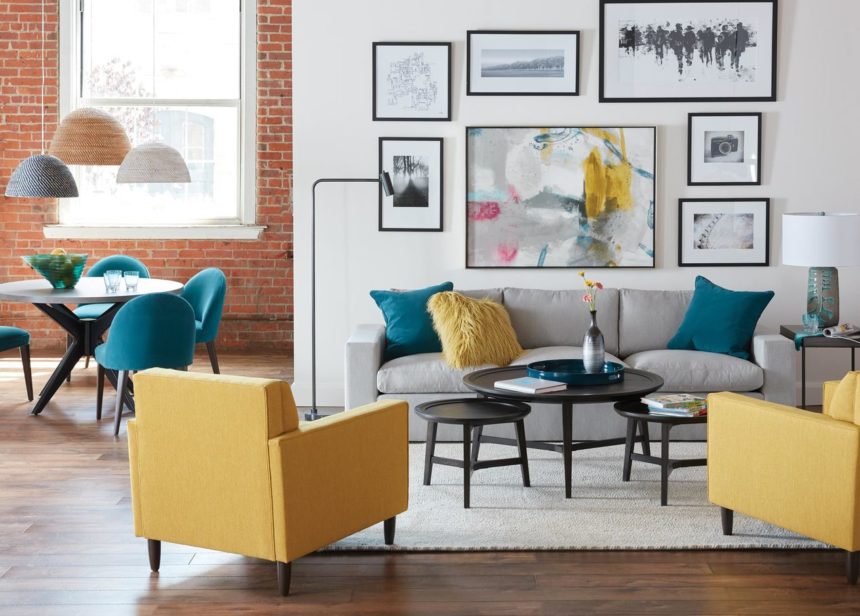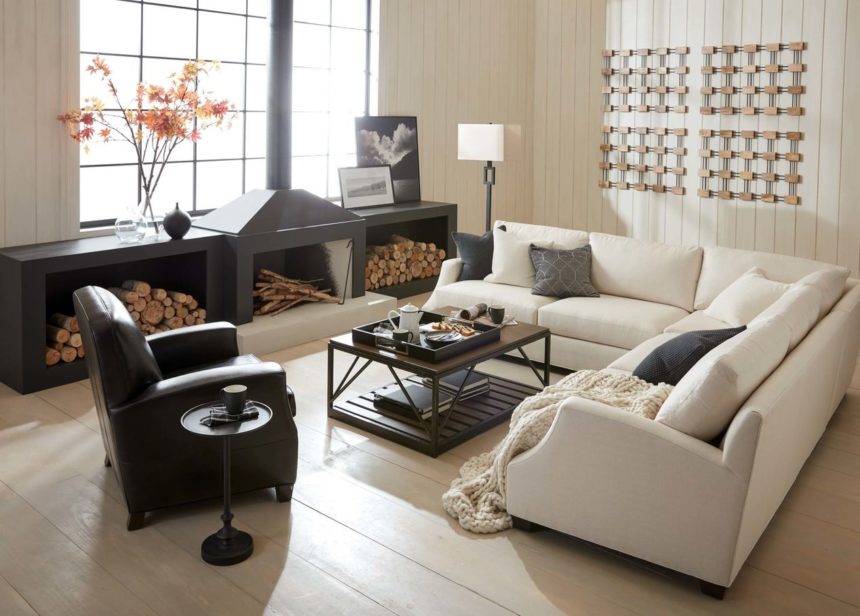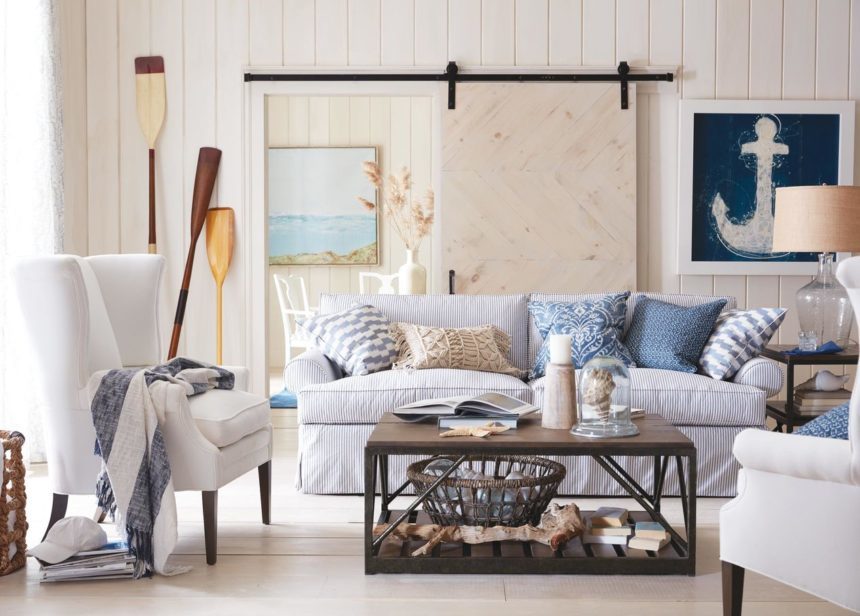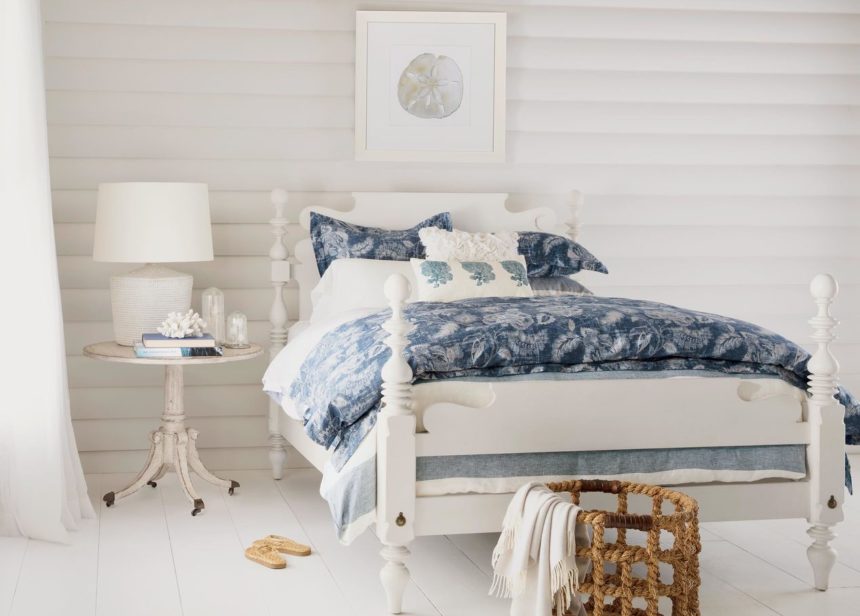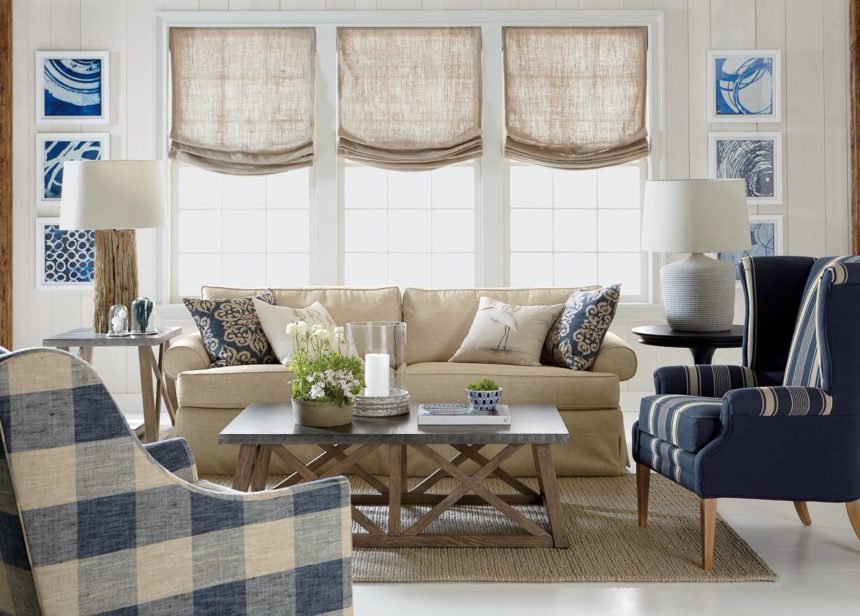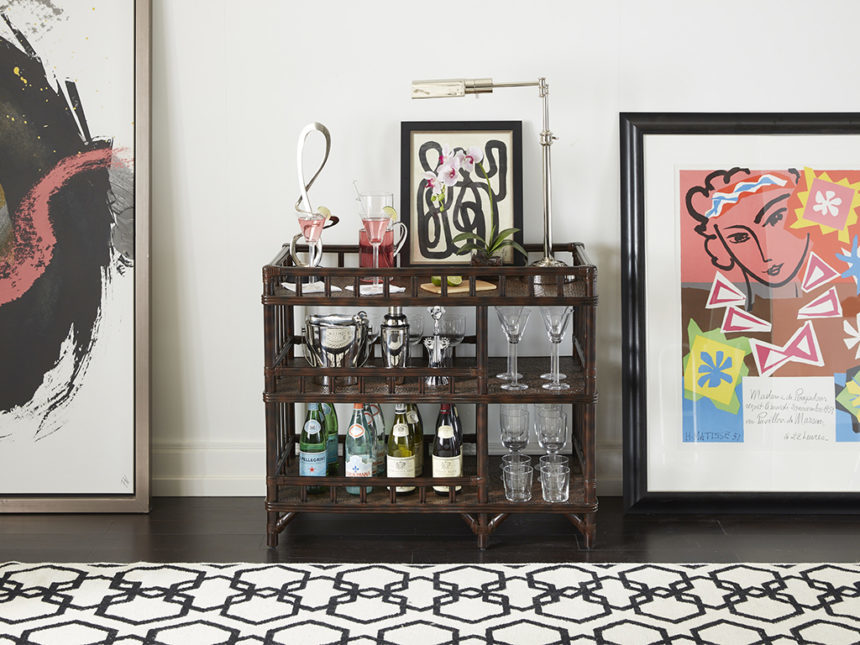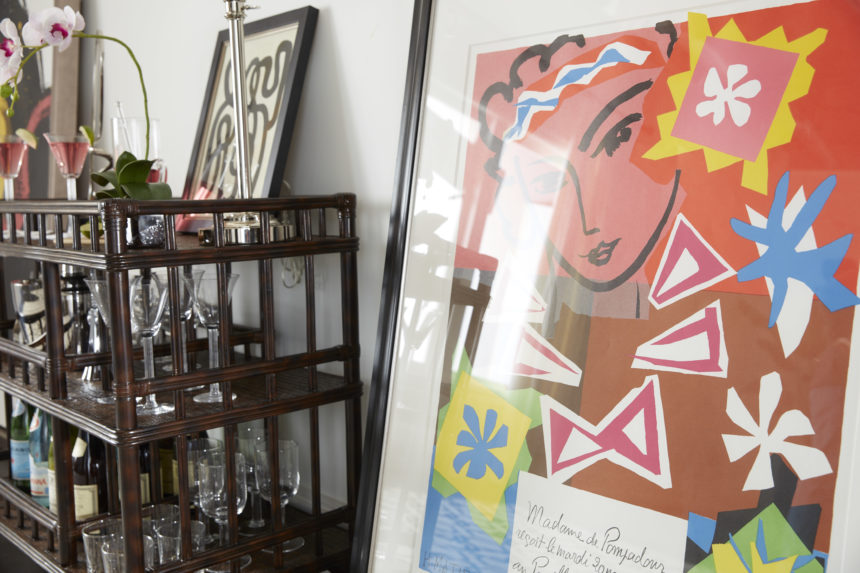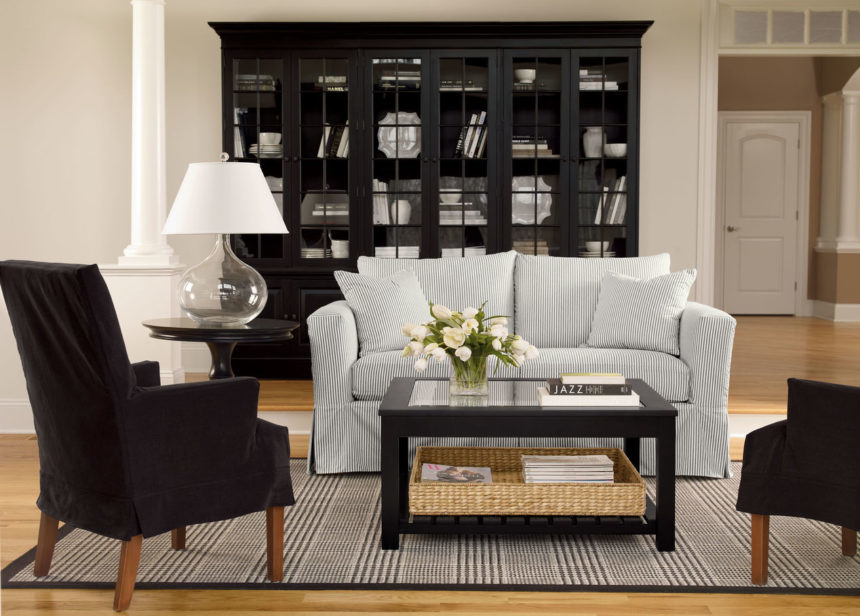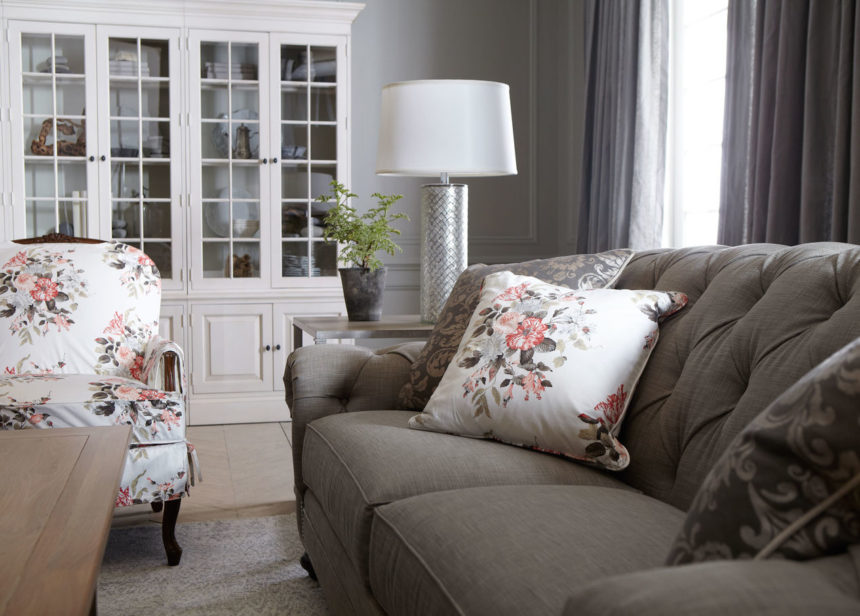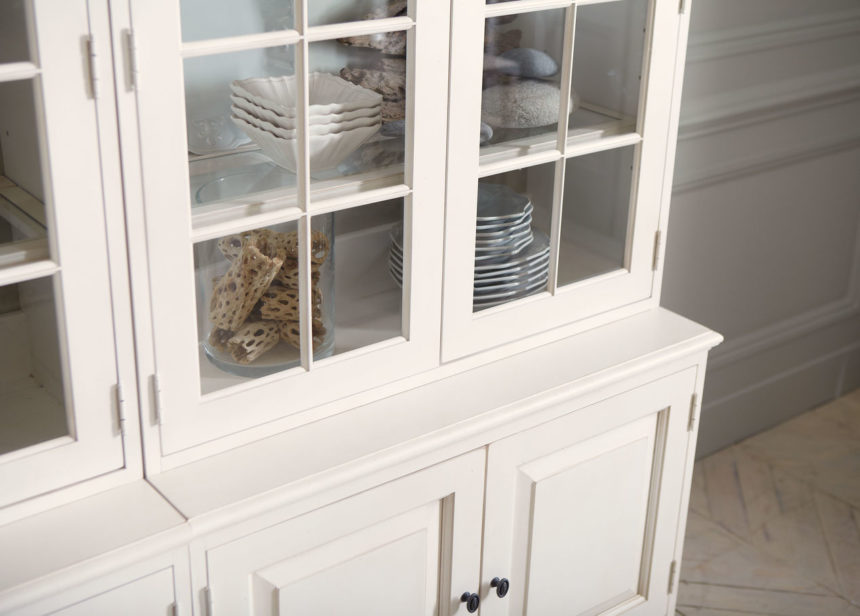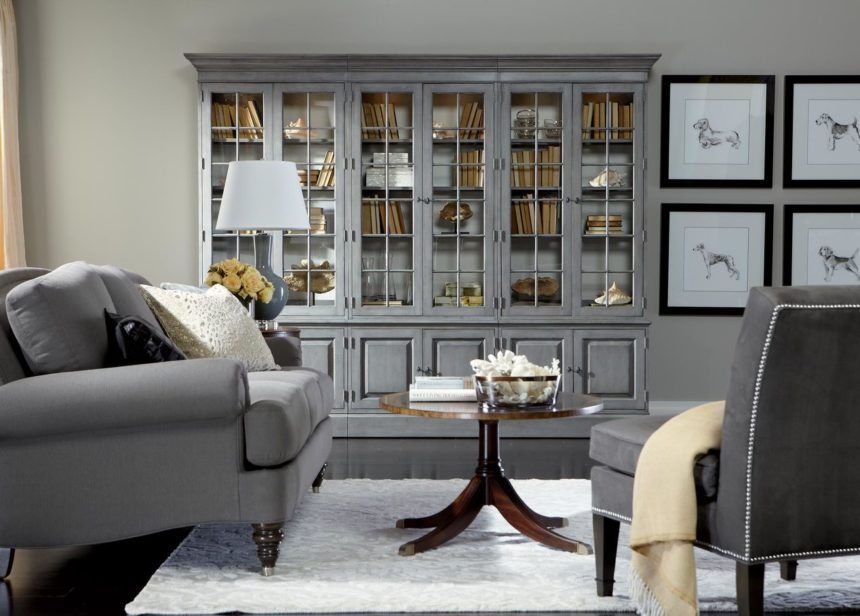Everything small is big again—especially in today’s condensed dining spaces.
It’s official: The banquet-sized dining room is a thing of the past. Today’s dining room is smaller, more intimate—and no longer used for only two or three holidays a year. Today’s dining area still invites family gatherings, but it’s often simply an extension of the living room or kitchen. Naturally, smaller furniture had to follow. Scaled down with a modern vibe, our fall dining introductions are just the thing.
Check out some of our lighter menu options:
JEWEL DINING CHAIR
Smart, simple proportions give Jewel high marks in both function and form. An airy, understated feel makes it a new transitional classic. Also available as a counter stool.
HOYT RECTANGULAR TABLE
Hoyt mixes materials in the most stylish way, pairing a walnut veneered top with a free-form metal base that looks substantive without making a small dining space feel crowded.
HAZELTON TABLE
Table for two? Our Hazelton with its 36-inch top is ready when you are. With a starburst beauty of a base, this sculptural piece fits anywhere and elevates dining at home.
VERA DINING CHAIR
Sweet and understated, Vera’s petite silhouette, rounded back, and generously cushioned seat bring comfort and style to any dining area (super-sized spaces not required).
MONTCLAIRE CONSOLE TABLE
The modern Montclaire has a pleasing minimalist profile. Two spacious drawers (think table linens, flatware) atop a steel base form simple geometry that’s simply exquisite.
SOMERS SIDE CHAIR
Scale it down, clip its silhouette, minimize its twists and turns, and make it out of bronze-finished aluminum. Voilà! You have a modern Windsor chair updated for today.
See what’s new in Small Space Living Rooms. Never miss a new introduction: Subscribe to The Art of Making Home and check us out on Instagram @ethanallen.

